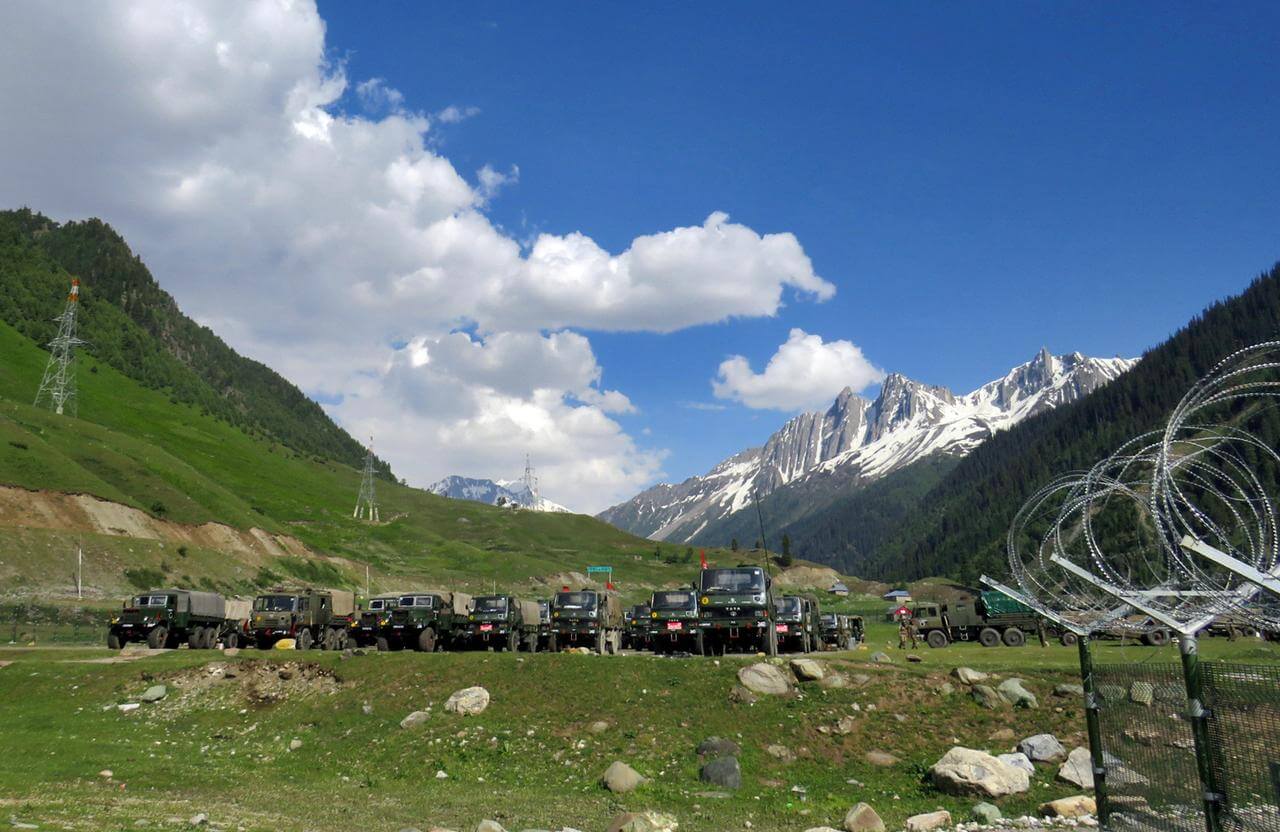The most serious escalation in the border standoff between India and China in nearly half a century has left 20 Indian soldiers dead.
Though the Indian army had initially said that three soldiers were killed in action, in an update on Tuesday evening, it confirmed that the “violent face-off” killed a total of 20 troops. It added that the two sides have disengaged at the Galwan area, where the clash occurred. Indian military sources revealed that no shots were fired, and that it was a hand-to-hand skirmish, with casualties on both sides. The Chinese foreign ministry acknowledged that there had been a “violent physical confrontation” at the border, but made no mention of casualties on the Chinese side. However, ANI news agency quoted “sources” and claimed that the Chinese have suffered 43 casualties, including the dead and injured.
Also read: India-China Military Commanders Continue Dialogue in Eastern Ladakh
Monday’s skirmish in Eastern Ladakh was the first deadly clash between the nuclear-armed rivals in 45 years. MEA Spokesperson Anurag Srivastava said that the incident was the result of an “attempt by the Chinese side to unilaterally change the status quo there”. He said that the casualties incurred by both sides could have been avoided “had the agreement at the higher level been scrupulously followed by the Chinese side.” China has accused Indian troops of “serious violation of the consensus reached by the two sides”, by crossing the border twice, and carrying out provocative attacks on Chinese personnel.
Senior military officials from India and China met on Tuesday at the site of the clash to help ease rising tensions between the two nations. Though both sides have previously stated their intentions to resolve the issue via dialogue at the diplomatic and military levels, this latest clash could make it harder to move forward with de-escalation moves that were previously agreed upon. Former Indian army commander DS Hooda said that this is escalation is “extremely serious”, which could “vitiate whatever dialogue was going on” between the two countries.
Also read: India and China Pull Back Troops From Three Key Areas in Eastern Ladakh
Experts claim that one reason for the standoff is India’s recent construction of roads and airstrips close to the Chinese border, which has irked Beijing. At Galwan last October, India completed a road leading to an airfield. Though China has asked India to stop all construction, India maintains that it is working on its side of the LAC, the de facto border.
Last month, US President Donald Trump offered to mediate the “raging border dispute” between India and China, which was firmly rejected by the two nations. A US State Department spokesperson said that the US was “closely monitoring the situation between the Indian and Chinese forces along the Line of Actual Control (LAC)”, and that the US supports a peaceful resolution of the conflict. The United Nations has urged both sides “to exercise maximum restraint”.
India-China Border Dispute Coverage:
- India-China Skirmishes in Sikkim and Ladakh Leave Several Soldiers Injured
- Indian Army Chief Addresses Simmering Tensions with Nepal, China, and Pakistan
- Multiple Chinese Army Incursions Reported Along LAC, Indian Army Chief Takes Stock
- PM Modi Meets With Top Military Brass to Discuss Escalating Indo-China Border Tensions
- Donald Trump Offers to “Mediate” India-China Border Dispute
- Modi and Morrison Deepen India and Australia’s Strategic, Diplomatic, and Economic Ties
- PLA Keeps Up Pressure on LAC Amid Border Tensions with India
- India, China Increase Military Presence Along LAC
The current situation was set in motion in early May after two separate skirmishes between Indian and Chinese forces in Pangong Tso Lake in Eastern Ladakh and at the Naku La pass in Northern Sikkim. In the aftermath of these events, Indian Army Chief Manoj Mukund Naravane sought to downplay the brawls, saying they were not linked and that the situation was being mutually and amicably resolved. In fact, Gen. Naravane that one should not “read too much into” such scuffles as they are “very common” and “business as usual”. Moreover, he conceded that there was “aggressive behavior” by both sides.
However, since then, there have been multiple incursions across the LAC into Indian territory by the Chinese People’s Liberation Army (PLA), including in the Galwan valley, which is not a disputed area. Army sources claim that Chinese troops have also engaged in “aggressive posturing” in Pangong Tso Lake, Demchok, and Daulat Beg Oldi. In response, India has increased its troop presence in Ladakh, north Sikkim, Uttarakhand, and Arunachal Pradesh.
China is strongly opposed to India’s infrastructural development in the region, and is particularly angered by projects in the Pangong Tso Lake region and the Galwan area. However, India insists that these projects are firmly within its own territory. India is currently building 61 Indo-China Border Roads (ICBRs) under the Border Roads Organization (BRO), while China is building underground tunnels and building an airport with tarmac for helicopters and combat aircraft.
Following this deadly clash, it is hoped that cooler heads will prevail and the conflict will be de-escalated as was originally planned after the June 6 meeting between 14 Corps commander Lt-General Harinder Singh and South Xinjiang Military District chief Major General Liu Lin along the LAC at Moldo-Chushul.
Image Source: Reuters

